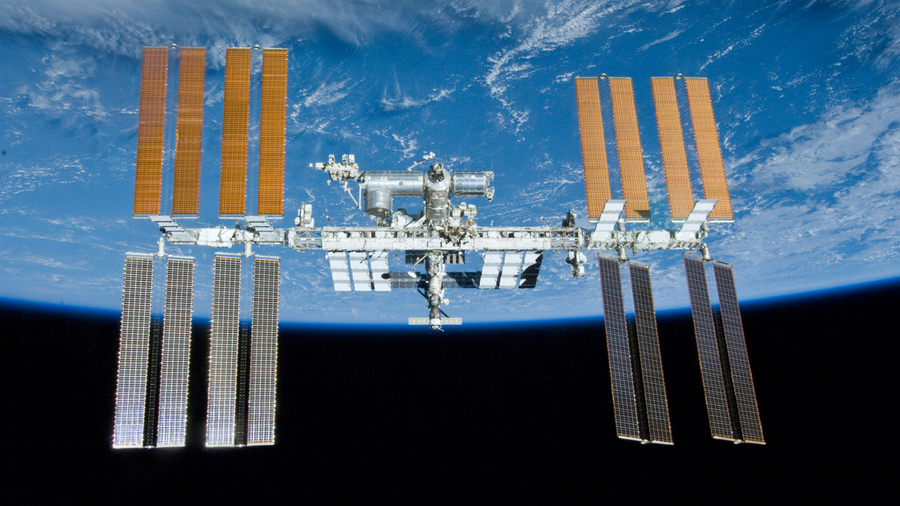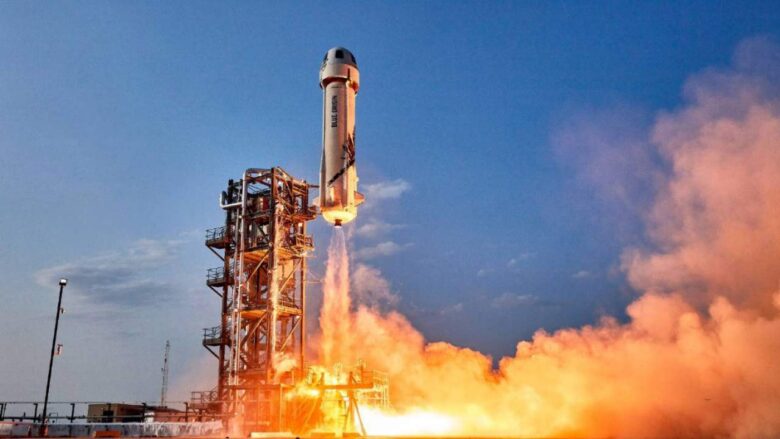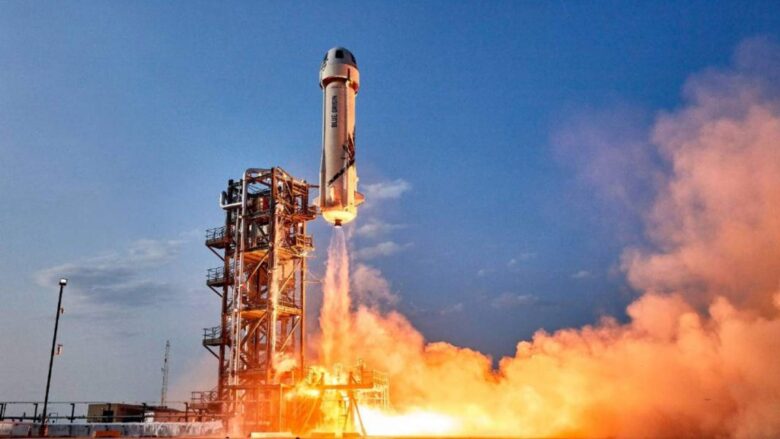
At the beginning of this year, Hewlett Packard Enterprise (HPE) and NASA sent a new Edge computer system to the International Space Station (ISS) and successfully completed its first experience in space.
In 2017, HPE and NASA first proved that an off-shelf commercial computer could survive a launch in space, be installed by astronauts and operate correctly on the ISS with the Computer Espace-1 .
Back in February, HPE decided to rely on this success by sending its new space-2 computer to the ISS. This new system, compromise of Edgelle EL4000 EDGELINE EL4000 and HPE ProLiant DL360 Gen10 Server, differs from its predecessor due to the fact that its Edge computer platform specifically designed to work in the environment hard. Space.
The space-2 computer was then successfully installed in April and offers twice as much calculation performance as its predecessor while also providing AI capabilities at space for the first time. With these new capabilities, astronauts will be able to advance the exploration and search for space because they can take advantage of the same programming models and the same experiences of developers used on Earth.
Solve the problem of bandwidth
The SPACE-2 HPE computer supports the maximum network speeds available, but the system receives only two hours of NASA communication bandwidth each week to transmit data on land with a maximum download speed of 250 Kbps.
Although HPE researchers can compress data on the space-2 computer before sending it on earth or analyzing data collected in the space to release the bandwidth, some research requires more calculation or bandwidth that the system can not provide. For this reason, the company has decided to apply its vision of an “Edge to Cloud” experience in which the system is used to perform a preliminary analysis or filtering on large datasets, extract important bits, then illuminate These results on land where they ‘ll be analyzed in the public cloud.
To test this theory, the Space Azure team at Microsoft proposed an experience where the health of astronaut is monitored in the presence of the increase in radiation found in space. Using a gene sequencer on the ISS computer and space-2, the Astronauts aboard the ISS were able to perform the initial process of comparing genes sequences extracted against reference DNA segments. In space and only the differences were sent to the HPE level station. Back to Earth, this data has been downloaded to Azure where the Microsoft Genomics service has been used to match these differences against the complete human genome.
On 12 August, the experience was successfully completed when a payload of 120 MB of data developed by Azure Space and necessary to complete the experiment was downloaded to the ISS and executed on the space of the space -2. This experience broke out a light on how a cloud-based computer workflow can be used aboard the ISS to overcome calculation and bandwidth constraints.
Now that the space-2 computer is installed and tested successfully on the ISS, expect other revolutionary experiences to be done in the future. In fact, there are four current experiments right now with 29 other already aligned.



